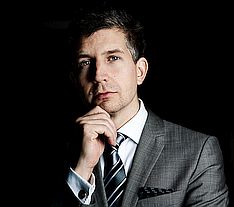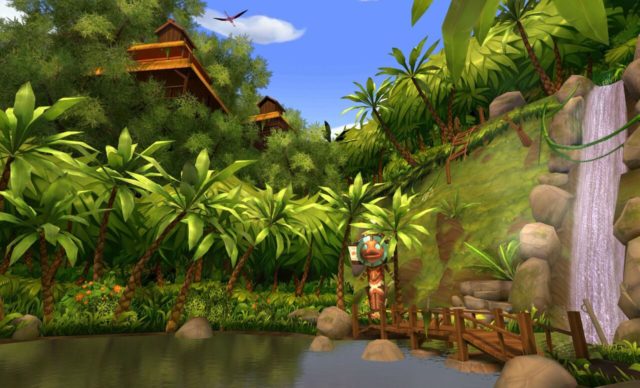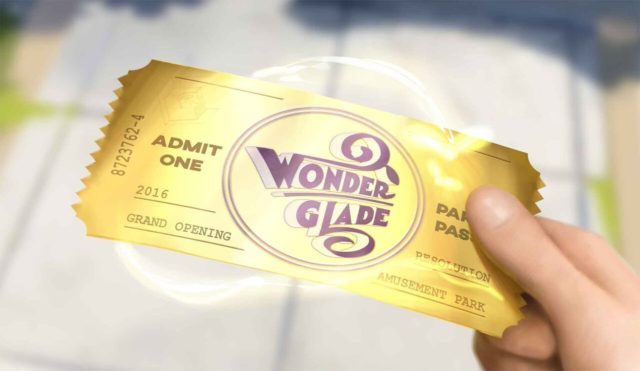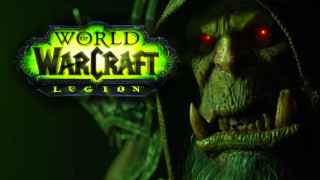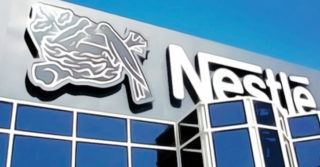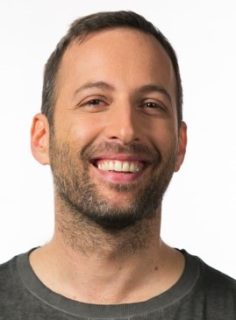For a marketer, one of the greatest things about mobile advertising is the sheer amount of data you can get about your advertising efforts. Coincidentally, that’s also one of the hardest parts about dealing with mobile advertising—deriving good information and actionable decisions from that flood of information. That’s where mobile marketing and advertising technology firms have stepped in to help marketers deal with Big Data. One of these firms is Tenjin, which promises to streamline mobile marketing and help “spend smarter with our unique growth infrastructure program.”

As Tenjin co-founder and chief technology officer, Amir Manji describes to [a]listdaily, “We collect and organize data for mobile marketers. We try to help app developers find an audience for the app and evaluate how well their campaign is doing. Typically today, if you’re an app developer, you’ll be spending money and acquiring users through a bunch of different channels, and it’s a big headache to take the data that’s coming in from all those different channels and do an apples-to-apples comparison of them. We try to make that as simple and foolproof as possible.”
Getting data is one thing, but making that process easy and presenting the data in a clear, understandable fashion is another. Tenjin understands the importance of providing marketers with both of those qualities. “We focus a lot on ease of use and simplicity,” Manji said. However, that’s not the key feature that sets Tenjin apart from other martech firms. “Our biggest differentiator is [that] we give app developers access to the raw data,” Manji noted. “We have an app called Data Vault that allows them to see all the data that we’ve collected and organized for them. Then they can take that data and do their own analysis on top of that. Other companies will just have a dashboard where they present some insights to developers. We allow developers to look at the raw data behind the scenes and manipulate it themselves to see what’s going on.”
Of course, the more sophisticated a publisher gets, the more they want to customize the kind of data they get and how they access it. Manji is well aware of this. “Sooner or later, every app developer gets big enough to justify building out their own data warehouse,” Manji agreed. “What we try to do is provide a standardized data warehouse. At a high-level, app developers all care about the same basic metrics, so we try to provide a baseline data warehouse where everybody answers those basic questions the same way, and they can build their own custom data tracking and analyses on top of that.”
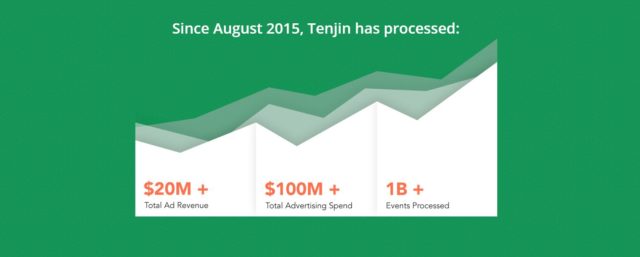 The needs of the mobile marketer are definitely changing. “I think it’s become a lot more data intensive,” Manji said. “A couple of years ago, if you had a big enough budget, you could throw it [the app] around at the major channels like Facebook and Google and that would be sufficient to get by. Nowadays, any kind of larger app developer is going to be pretty sophisticated with their buying patterns. If you’re a small or medium sized developer—if you’re not able to do the same level of analysis as them—your buying is going to be less efficient. You’ll be wasting money trying different channels, and you’re already at a disadvantage because you have a smaller budget to work with. We think a smaller developer that adopts our product and our data warehouse puts them closer to being on an even footing with a larger developer.”
The needs of the mobile marketer are definitely changing. “I think it’s become a lot more data intensive,” Manji said. “A couple of years ago, if you had a big enough budget, you could throw it [the app] around at the major channels like Facebook and Google and that would be sufficient to get by. Nowadays, any kind of larger app developer is going to be pretty sophisticated with their buying patterns. If you’re a small or medium sized developer—if you’re not able to do the same level of analysis as them—your buying is going to be less efficient. You’ll be wasting money trying different channels, and you’re already at a disadvantage because you have a smaller budget to work with. We think a smaller developer that adopts our product and our data warehouse puts them closer to being on an even footing with a larger developer.”
The changing nature of mobile games also affects mobile marketing. The amazing success of Pokémon GO has subverted many pieces of accepted wisdom about mobile games, from how fast they can be adopted to how soon in-app purchases happen, to average revenue per user. “I think we’re going to see some games doing very well for a smaller niche audience,” Manji said. He feels that while some apps may be ubiquitous, it’s harder than ever to break through and have a global breakthrough hit. He does point to one of their smaller clients who has done a series of games based on smaller anime shows. “They’re able to find a vein of gold with these users who are really passionate,” Manji said.
Discovery continues to be a major problem for smaller mobile developers, of course, but Manji has some strategies he recommends to developers trying to get their app noticed. “I see a lot of app developers that spend a bunch of money before knowing if their app is ready for that or not,” Manji said. “I would say that step one is to look at your app, look at your current organic users and see if they are behaving the way you expect and if you are monetizing them enough. A lot of people will just throw a big marketing budget together hoping that that solves their problem. That money will be wasted unless the fundamentals of their app are solid. I would start from there.”
Manji cut to the heart of the matter with the core marketing idea that you really have to understand your target. “Generally what you want to do is figure out the ideal audience for your app, and then run some small experiments targeting those users,” he pointed out. “Don’t go out and make a big splash until you know exactly who your ideal user is. Facebook allows you to get really granular with your targeting. Test your hypotheses around the best users of your apps to figure out who are the best users. Once you’ve figured that out you can start opening up the funnel.”
There are some new opportunities on the horizon that should help mobile game marketers. “A lot of people would jump to ad networks, but Apple is rolling out their own paid search, which should help discoverability,” Manji pointed out. “Granted, you’ll have to pay for it, but it’s better than the Wild West there was before. Google Play has always had their own search ads built in. There’s no better place to find a user than the App Store when they’re searching for an app. That should be a channel for every single app developer.”
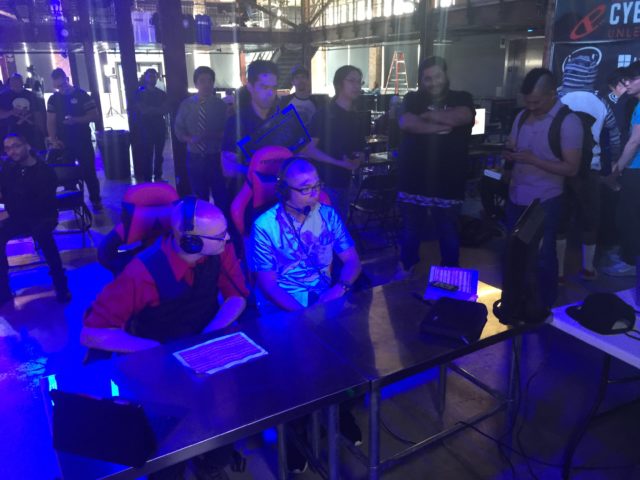
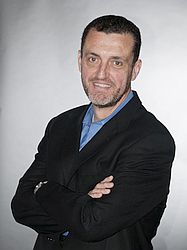
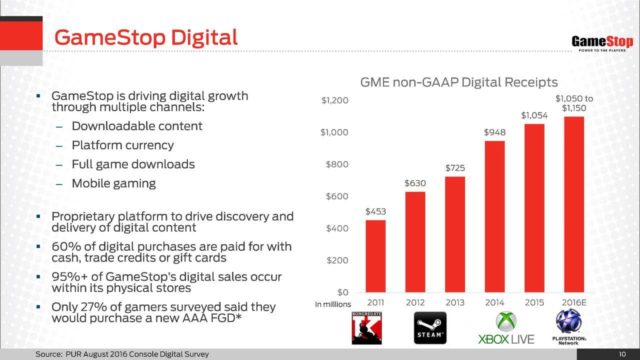
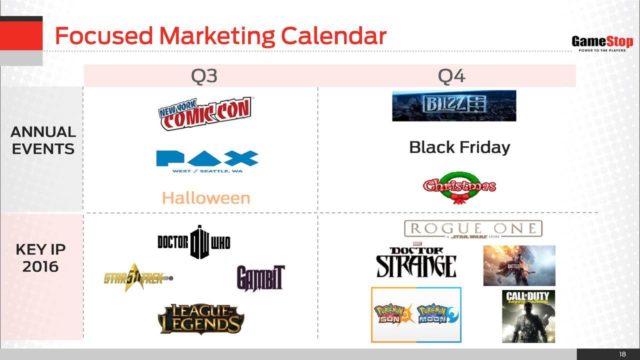
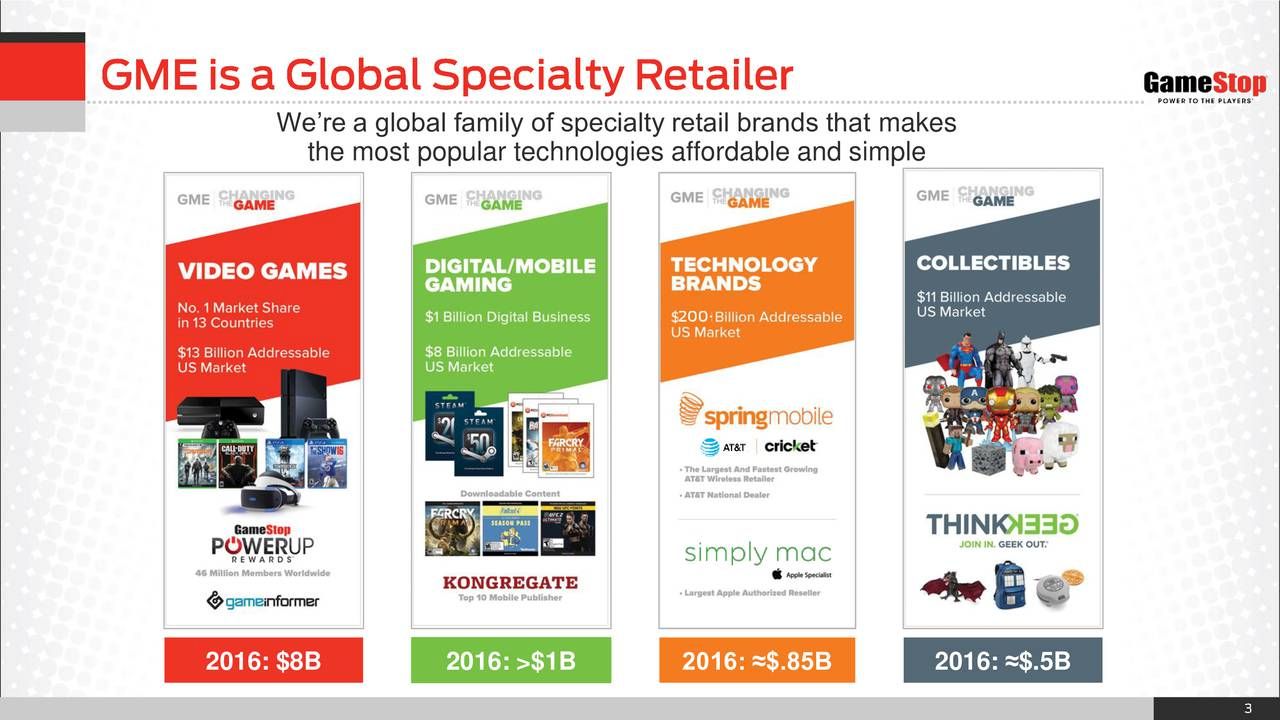
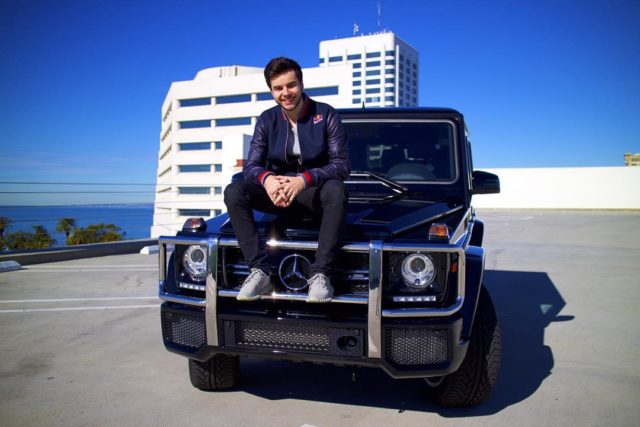
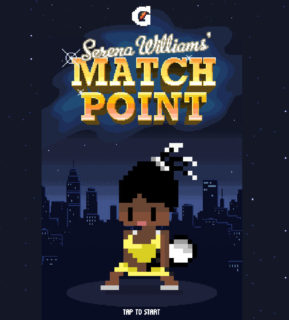 Serena Match Point features an 8-bit soundtrack to match the graphics and the only controls players need to learn are tap or click. Players take control of Serena as she goes head-to-head against a variety of opponents. To win each round, players need to click or tap on the left or right of the screen, depending on which direction they want to send the ball. After failing to return a serve or volley back over the net three times, the game starts from the beginning.
Serena Match Point features an 8-bit soundtrack to match the graphics and the only controls players need to learn are tap or click. Players take control of Serena as she goes head-to-head against a variety of opponents. To win each round, players need to click or tap on the left or right of the screen, depending on which direction they want to send the ball. After failing to return a serve or volley back over the net three times, the game starts from the beginning.